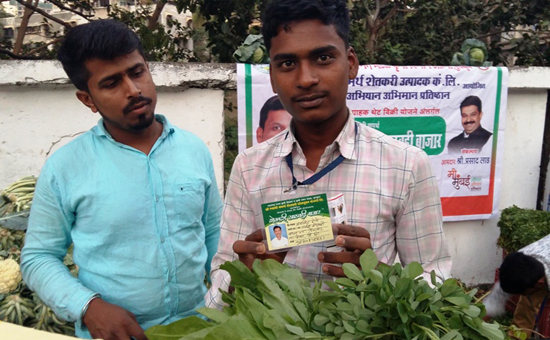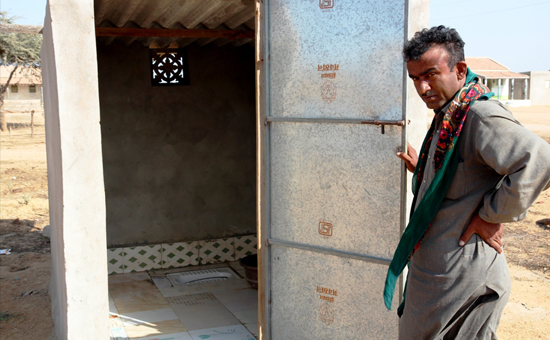-
Nation’s GDP is dependent on how States contribute. Unless states
reform, the Centre can only do so much. Growth is as much a reflection of the
states’ performance as of the Centre’s. The State and concurrent Lists were
decided around 1947. India has changed! Time to review?
Some years ago, the German
CEO of an Indian MNC asked me which government was he to keep happy? Modi (the
Centre) or the states? I told him that India is run by the states, unlike what
he heard in Germany; so, he had to keep the Centre and the CM of every state
where his company had a factory, happy.
Recently, a leading weekly
magazine had an excellent write-up on how to revive the Indian economy. But
none of the distinguished writers said which government is responsible for
what. In the absence of pinning down responsibility between the Centre and the
states, what the learned gave was general gyaan.
India is lacking not in knowing what to do, but in implementation (akin to a
company that builds broadband infrastructure, but lacks last-mile connectivity)
and accountability. Thus, the focus should
be on who is responsible for what.
When one talks of India’s
GDP growth, we invariably hold the Centre responsible. And the states, which
directly or indirectly greatly influence the macro parameters, hardly get
reflected upon in the right perspective.
Note that the key factors affecting growth are
essentially state subjects,
namely agriculture, land, labour, industry, employment, health and education.
Under the 7th Schedule of
the Constitution, agriculture, health and water (includes irrigation and
canals) come under the State List, whilst employment, education, land, labour,
industry and power come under the Concurrent List. (Education moved from the
State to the Concurrent List in 1976.) “Under the Constitution, ‘land’ falls
under the State List, while ‘acquisition and requisitioning of property’ comes
under the Concurrent List, empowering the Centre as well as states to legislate
on the matter.” Source
Note that like many
aspects of the Indian Constitution are borrowed from the West, the concept of the
Concurrent List is taken from Australia.
 Farmers Market Mumbai.
Farmers Market Mumbai.
Every politician swears by
farmer welfare, yet when the Centre introduced three
farm Bills, widely considered as the 1991 moment for agriculture, there were
howls of protest. Note that these laws can have an impact only when states
change their laws in line with the Centre’s.
Overdependence on rains is one of the
banes of Indian farming. Irrigation is the solution. Yet, are governments and
the nation focused on increasing the land area covered by irrigation? No. Many
prefer the easy way to keep farmers happy, viz. loan write-offs (according to
State Finances: A Study of State Budgets 2019-20 RBI report,
since 2014-15, 10 states have announced loan waiver programmes of an aggregate
amount of Rs 2.3 lakh crore) or free power (Punjab Budget FY20, at Rs 8,275
crore).
The point being made is that farmer
welfare is largely dependent on the actions of the state government. The Centre has
stepped in because states have not delivered. For example, the Centre intervened
with the Atal Bhujal Yojana as states are not competent for water management,
according to Prof Adarsh Vig of Guru Nanak Dev University. Source
Because of the importance and
modern-day complexities of agriculture, shouldn’t agriculture be moved to the
Concurrent List?
Another example is of the labour Codes recently introduced by the Centre.
Similarly, maximum compliances are governed by state governments, Gautam C and
Rishi A wrote in the ORF, “India’s businesses function in a
regulatory universe of 1,536 Acts that demand 69,233 compliances and 6,618
filings across the Union and state governments. Of these, almost a third (30%,
or 463) of the laws and almost half (47%, or 32,542) compliances come under the
labour category. Statistically, almost all the compliances (97.1%) are governed by state governments and 937 by the Union government.”
The Centre has done its
bit by assimilating 44 Union labour laws into four Codes. Unless states frame
enabling rules and regulations, it will adversely affect employment, investment
and growth. Third example of how important states are is the power sector.
Among the reasons for discoms not meeting UDAY targets is because of “inadequate hikes
in power tariffs, inadequate rise in ‘open access’ transactions and outstanding
dues accumulating from state government departments. Discom dues to all power
producers across India stood at a staggering Rs 90,577 crore at the end of
March 2020, up 41% from a year earlier.”
The above adversely
affects discom cash flows. When payment funding mechanism was recently
implemented, discoms had to reduce power offtake since they did not have the
cash to pay. This forced power generating companies to curtail production,
which contributed to a fall in GDP (Q3FY19). Source
Indirectly, the state of discoms decides power
production. If states do not
run discoms efficiently, it adversely affects power production and consequently
India’s GDP. After all, there is only that much the Centre can do! Bringing
down AT&C losses and increasing billing and collection efficiencies is the
job of states.
Non-availability of
uninterrupted power supply requires a company to buy a generator, adding to
project costs.
The above, and when states
default on power purchase agreements, adversely affect investment, employment
and growth.
 Toilet, village in Kutch Gujarat.
Toilet, village in Kutch Gujarat.
What is the importance of
building health infrastructure for a state government? >Is it a parameter by which
the public evaluates a government’s performance? How many hospitals have
municipal corporations of metro cities built in the last 15 years? State
governments spend substantial resources on salaries, interests, loan write-offs
and subsidies, leaving less for health.
To cater to a growing
population and aspirations, the Centre set up AIIMS-type hospitals and
introduced schemes like the Ayushman Bharat (expenditure shared 40% by states)
type of schemes.
The items under State and Concurrent Lists
need review based on population and future needs. It was decided based on the conditions in India around
1947. India has survived the millennia because it changed with the times.
So, is it time to revisit
the entire Constitutional listing of functions and responsibilities of the
Centre and states—in the spirit of cooperative federalism?
Since growth is linked to
employment, investment and revenues shall increase when states also reform and
create an environment that is conducive to growth. The quality of spending by
states is crucial.
First
published in Financial Express and here
Also read
1. How
Indian is the Indian Constitution?
2. Solution
to Farm Distress lies with State Governments
3. Get
over GST Compensation-Focus on Reforms by States